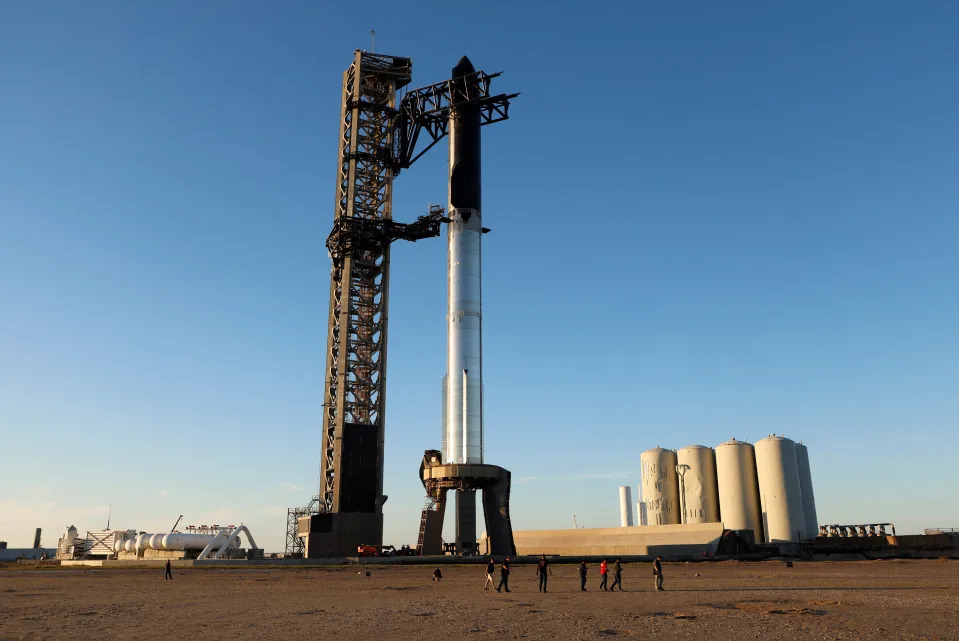Scheduled for November 17, SpaceX is gearing up to conduct the second test flight of its Starship, now that it has received clearance from the Federal Aviation Administration (FAA). In April, the company accomplished the inaugural fully integrated launch of its next-generation spacecraft. However, certain objectives were not met, such as having the upper stage traverse Earth’s atmosphere before re-entering and splashing down near Hawaii. Due to an onboard fire preventing the separation of its two stages, SpaceX had to deliberately destroy the vehicle in the sky.
Starship preparing to launch as early as November 17, pending final regulatory approval → https://t.co/bJFjLCiTbK pic.twitter.com/qRKv9ugWsR
— SpaceX (@SpaceX) November 11, 2023
Federal agencies reported that debris from the rocket explosion scattered across 385 acres of land at SpaceX’s facility and Boca Chica State Park. This incident sparked a wildfire covering 3.5 acres of state park land and resulted in a “plume cloud of pulverized concrete” depositing material up to 6.5 miles northwest of the pad site. The FAA imposed a grounding of Starship until SpaceX implemented numerous corrective measures, including a redesign of the vehicle to prevent leaks and fires. While the safety review concluded in September, the FAA collaborated with the US Fish and Wildlife Service (USFWS) to finalize an updated environmental assessment of the spacecraft.
Currently, the FAA has granted SpaceX a license for one Starship flight. The company plans to initiate the two-hour launch window at 8 AM EST on November 17. If the test proceeds successfully, Starship will execute its planned trajectory, flying across the planet and splashing down off the coast of Hawaii. Successful test flights are crucial for Starship to enter into active service, as SpaceX envisions using this fully reusable spacecraft for missions to geosynchronous orbit, the moon, and Mars.




